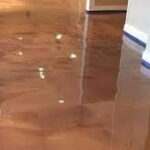In an era where sleep deprivation is a widespread concern, affecting many adults globally, the intersection of technology and sleep health has become increasingly vital. While 50-70 million American adults suffer from chronic sleep disorders, including sleep apnea, insomnia, and restless leg syndrome, technology has emerged as both a culprit and a potential solution to this modern problem.
The Paradox of Technology and Sleep
The majority of people use electronics before bedtime. This habit can disrupt sleep patterns, as blue light from screens suppresses melatonin production, essential for regulating sleep. The American Academy of Sleep Medicine advises switching off electronic devices a minimum of 30-60 minutes before bedtime.
However, this technology, often blamed for sleep disruption, also harbors solutions. Innovations like smart mattresses, wearable trackers, and slumber-inducing apps are reshaping our approach to a restful night.
Role of Technology in Enhancing Sleep
The pervasive nature of our connection to electronic devices, the internet, social media, and numerous apps raises a question: Should our bedrooms become tech-free sanctuaries?
Surprisingly, technology, when used judiciously, can improve sleep quality. Smartphones, once only communication tools, now serve as multifunctional devices providing entertainment, relaxation, and even work efficiency from the comfort of our beds.
Moreover, various sleep technology apps are revolutionizing how we approach sleep health. These apps offer solutions ranging from jet lag management and guided meditation to snore tracking and recommendations for snoring remedies.
The future of sleep technology looks even more promising, with emerging devices targeting specific sleep disorders. Wearable therapeutics for restless leg syndrome and chin sensors for sleep apnea detection are just the tip of the iceberg.
Particularly notable are devices designed to alleviate nightmares, especially in PTSD sufferers, using heart rate and sleep motion monitoring to provide immediate relief.
Diverse Technological Solutions for Improved Sleep
The market is abounding with products designed to optimize the sleeping environment. From blue light-blocking features on devices to white noise options, the scope is vast.
Smart clocks help maintain sleep schedules, and smart thermostats regulate bedroom temperature, providing a conducive sleep environment. Additionally, smart bulbs set the mood for sleep with their soothing light emissions.
The concept of the smart bed epitomizes the fusion of technology and sleep. These beds have sensors that monitor a variety of health parameters, including breathing, heart rate, and sleep duration. Features like temperature control, air chambers for adjustable firmness, app integration, and position control enhance sleep quality.
One of the most unique aspects of smart beds is their app integration. This feature allows for seamless interaction with other smart devices in the home, ranging from thermostats to lighting systems, thereby creating an ecosystem conducive to optimal sleep.
Furthermore, smart beds offer position control, allowing individual adjustments for the utmost comfort, a boon, especially for couples with differing sleep preferences.
Smart breathing coach apps and wearables like Oxa breathing coach are also playing a crucial role in this domain. They are designed to guide users through exercises that promote relaxation and improve respiratory efficiency.
These gadgets often include guided breathing methods that correspond to the body’s natural cycles, so lowering tension and anxiety, which are significant obstacles to deep sleep.
Optimizing Your Sleep Experience: Practical Tips
While technology provides various tools to enhance sleep, it’s essential to adopt healthy sleep practices. Establishing a consistent sleep routine, ensuring a comfortable sleep environment, and managing stress levels are foundational to good sleep hygiene.
Equipping relaxation techniques, like meditation or deep breathing practices, can also significantly improve sleep quality.
Moreover, it’s important to use technology judiciously. Limit screen time before bed, utilize blue light filters on devices, and consider using sleep-friendly apps that promote relaxation. Remember, technology should be a tool to aid sleep, not a distraction from it.
The Future of Sleep Technology
The horizon of sleep technology is continually expanding. Innovations such as AI-driven sleep analysis, advanced biometric monitoring, and even more personalized sleep interventions are rising. These advancements promise not only to enhance our understanding of sleep but also to offer more targeted and effective solutions for sleep disorders.
Conclusion
The relationship between technology and sleep is complex yet symbiotic. While technology has been a factor in disrupting sleep patterns, it also holds the key to unlocking better sleep health.
From smart beds to sleep apps, the potential of technology to improve our sleep is immense. However, it’s crucial to balance technology usage with good sleep practices and personal discipline.







